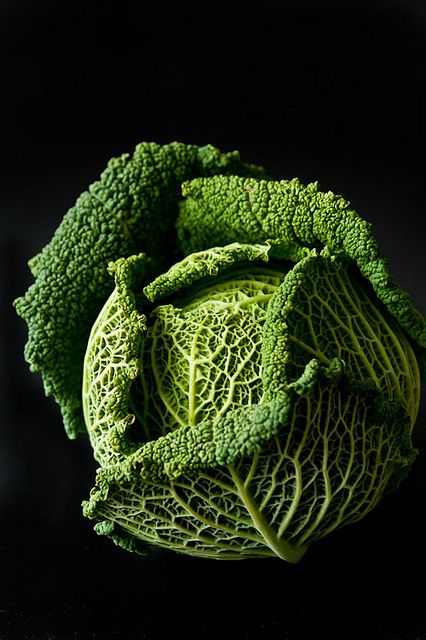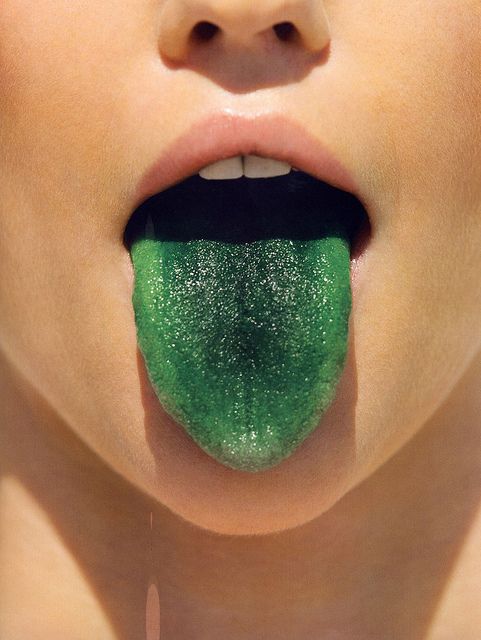It's no longer a secret that health may be affected by bacteria and other microbes living in your intestinal tract, which are in turn influenced by what you eat.
Disorders in our internal ecosystem — a proliferation of the “wrong” kind of microbes or a loss of diversity — may predispose us to obesity and a whole range of chronic diseases, as well as some infections.
Restoring gut health is a complex endeavor and one that should be assisted by a health care practitioner who has studied microbiology and nutrition science. It usually involves a multi-step process of eliminating potential irritants, treating yeasts or parasites, optimizing stomach acid and digestive enzymes, healing the gut lining and reinoculating with the "good" kind of bacteria.
Healthy Gut = Better digestion, less inflammation, clearer skin, mental clarity and stronger defense against chronic disease.
In the meantime, make sure you keep your gut calm and collected by actively managing psychological stress (your gut is a.k.a 'the second brain', read all about it) and getting your daily dose of fermented foods.
Here's 2 ways how:
Kimchi - tangy, spicy, crunchy, healthy.
Add a spoon of kimchi to just about anything - soups, stews, salads, fried rice, lettuce wraps - to take it from meh to omg. Not to mention the added health benefits and digestive support.
The basics of kimchi and sauerkraut are the same: salted vegetables, predominantly cabbage, left to ferment. There are countless variations and a lot of room for experimentation when it comes to making kimchi. Once you have the vegetables - usually napa cabbage and daikon radish- in, the rest of the flavoring is basically up to you.
What you'll need:
Chef's knife and cutting board
Grater
Large mixing bowl
Small mixing bowl
Strainer
6-cup Mason / glass jar with lid
Ingredients:
2 medium heads Napa cabbage, stemmed and cut lengthwise
5 garlic cloves, minced
2 daikon radishes, cut into slices or matchsticks.
1 bundle scallions, trimmed, cut into 1-inch sections
1 tablespoon fresh ginger, grated
3 -5 tablespoons coarse Korean red pepper flakes (gochugaro)
1 teaspoon white sugar
1/2 nori sheet,(optional) torn into small pieces
8 cups water, filtered
1/4 cup sea salt
2 tablespoons fish sauce (optional. Use Nori sheets instead for a vegetarian variation)
What next:
Prepare the napa cabbage:
Rinse and cut the cabbage, placing the strips into a mixing bowl. Pour the salt over the cabbage and mix well, massaging for a few minutes until a bit of liquid begins to form at the bottom of the bowl. Pour a few cups water into the bowl, as much as is needed to just cover the cabbage. Place a plate on top of the cabbage to weigh it down. Set aside for at least 3 hours or overnight, stirring once or twice.
Pour the salted cabbage into a strainer and rinse under cool running water. Allow cabbage to drain thoroughly, about 10 minutes.
2. Make it spicy:
Combine the pepper flakes, nori and sugar in a small mixing bowl. Add 1 tablespoon filtered water and stir contents to form a thick paste.
Rinse and prep daikon, ginger, scallions and garlic.
Combine all the above ingredients with cabbage in mixing bowl. Add paste and fold until the cabbage is evenly coated with paste, about 2 minutes.
3. Pack your kimchi:
Tightly-Pack your vegetable mixture into one or 2 big glass jars. To make sure ingredients are covered in brine, mix 2 cups water with 1 tablespoon salt, and pour over.
4. Ferment:
Seal and place jars on a shelf out direct sunlight for 24 hours. After 24 hours, open jar to release gasses. Then reseal and store kimchi in the fridge for up to 1 month. Add to salads, soup, stew, as a side dish, or with sandwiches /burgers.
Here's an entire music video on Kimchi by Formidable Vegetable Sound System. Use it, don't use it.
Make Sauerkraut - another one of your gut’s favorite foods.
What you'll need:
Kitchen scale
Cutting board and knife for slicing cabbage
Large mixing bowl
Vegetable peeler, measuring spoons and grater
Large wide-mouth storing jar, with plastic lid/cap
A smaller jar or a clean heavy stone (to act as a weight)
Ingredients:
2 - 3 carrots
2 – 3 cloves garlic
1 medium head fresh green cabbage
1 tablespoon iodine-free sea salt
Next?
1. Peel, grate and weigh your vegetables.
You’ll need about 800g of vegetables (per tablespoon of salt). Add the grated vegetables to your large mixing bowl. Finely mince two or three garlic cloves and add these to the bowl as well. If you want to add a few spices or seeds of your choice - caraway seeds, mustard seeds, chilli powder - add those now.
Tip for slicing the cabbage: Discard the limp outer leaves of the cabbage, setting aside one of the cleaner ones for use later. Quarter the cabbage, leaving the core in. Place a quarter on one of its sides and slice crosswise. When you get to the core, turn it onto is round back and slice until just thick sections of core remain. Don’t use the core.
2. Massage your cabbage. Yes, really.
Sprinkle the vegetables and cabbage with 1 tablespoon of salt. Massage the vegetables until a liquid starts to form at the bottom of the bowl (you’ll need strong hands and some time for this).
3. Pack the massaged cabbage into your glass storing jar,
pressing the mixture down tightly with your fist or a large spoon after each handful so the brine rises above the top of the cabbage and no air pockets remain. Be sure to leave at least 1 inch of space between the cabbage and the top of the jar. Pour any brine left into the jar to make sure the cabbage is submerged in brine.
4. Weigh it down.
Take the cabbage leaf you saved, tear it down to just fit in the jar and place it on top of the lightly packed cabbage. To hold the vegetables below the brine, place the 4-ounce jelly jar or heavy stone on top of the cabbage leaf. Lightly screw the white plastic storage lid onto the jar. By leaving the lid on somewhat loose, CO2 gases that will build up during the fermentation process can escape.
5. Let your kraut rest for 2-4 weeks.
The ideal temperature is between 18 – 23 °C. The lower the temperature the slower the fermentation. After this time you can move it into the fridge, where it will keep indefinitely.
(please note, eating fermented foods won't make your tongue green)
Cabbage image from Sarka B on Flickr and tongue from unknown photographer on Flickr. Thanks to both.


